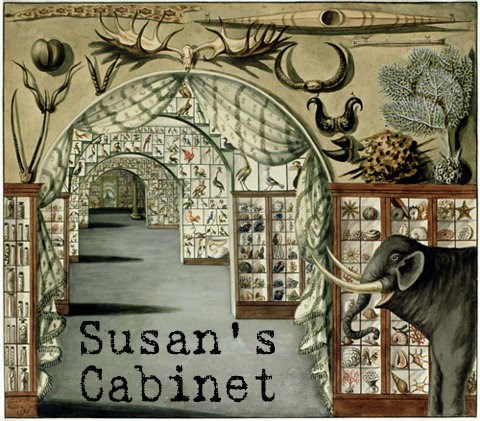When
you think of sightseeing in Los Angeles ,
100-year-old ruins might not be at the top of the list, but these ruins should
be! This was one of the first places I took my daughter on our recent trip. It
turns out she is interested in abandoned places too, so we had a lot of fun
exploring the Old Los Angeles Zoo in Griffith
Park
The
“No Graffitti” sign is apparently ignored but, oddly enough, there is no graffiti
on the sign.
The
zoo opened in 1912 with just 15 animals, and it was expanded by the WPA in the
1930’s. It was built on the former site of Colonel Griffith J. Griffith’s ostrich
farm attraction, which was very popular in the 1880’s. There was even a narrow
gauge Ostrich Farm Railway built to carry visitors from downtown Los Angeles to
the site on Griffith’s Rancho Los Feliz (and past the housing lots he was
selling from his rancho during the housing boom at that time.)
In
the late 1950’s the public became concerned about the adequacy of the housing for
the animals in the small zoo, and the city made plans for a new zoo. The
old zoo closed in 1966 with the opening of the new zoo a couple miles
away. I wonder if my parents took me to this zoo before it was closed.
I’d like to think so, but I would have been too young to remember. All my zoo
memories are from the San Diego Zoo and school field trips to the current LA
Zoo (and also Marineland whose ruins are now gone).
In
what I consider a stroke of a genius, the city removed some of the bars in the
old zoo, added picnic tables, and left the structures for public exploration.
Fifty-one years later people are still enjoying the site! And it has been used in numerous films and TV shows.
 |
| Hiking trails lead off from the old zoo |
 |
| There is a beautiful view from the upper part of the old zoo |























































